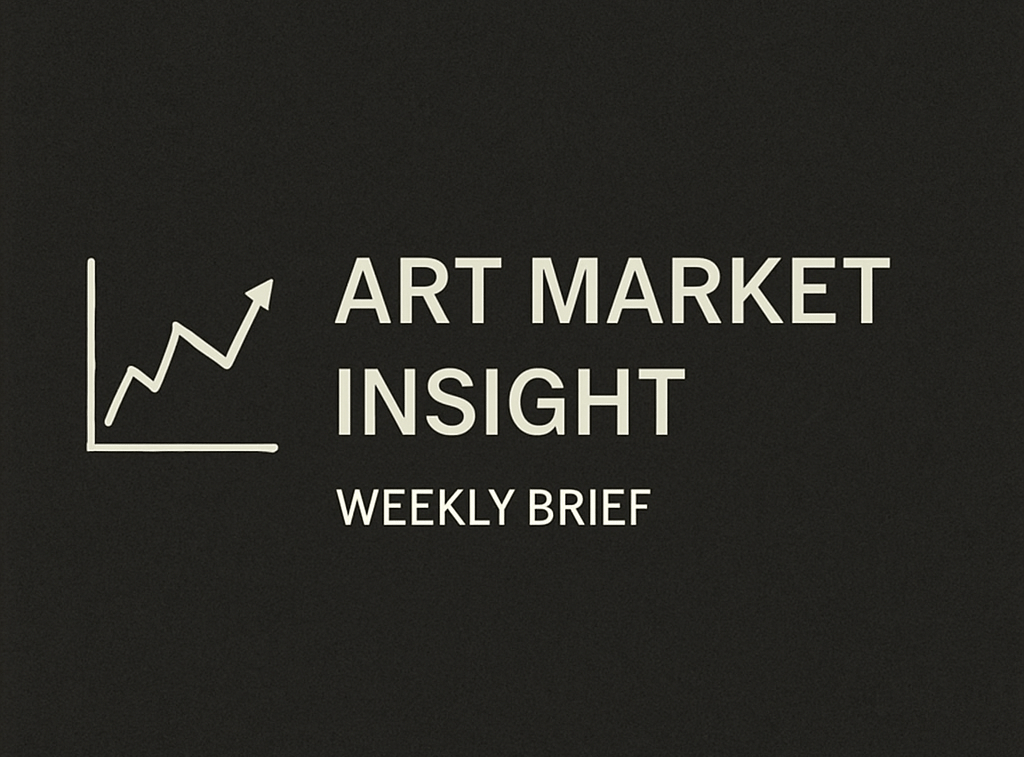Crossing the Threshold
Art Market Insight | Weekly Brief – July 31 / August 6, 2025 Record-breaking auctions, shrinking top-tier sales, digital innovation, and new regulatory shifts: the global art market enters a liminal phase — suspended between crisis and transformation. From Pauline Karpidas’ £60M Sotheby’s sale to the U.S. Senate’s proposed Art Market Integrity Act, this week’s report maps the tensions, risks, and emerging futures shaping the sector. The ultra-high-end slows, mid-market holds, and AI art raises new legal frontiers. The future of art is no longer just aesthetic — it's infrastructural, political, and systemic. New thresholds call for new maps. Are you ready to navigate?
ART & MARKET INSIGHT
Charlotte Madeleine CASTELLI
8/6/20253 min read


The Art Market Between Crisis, Transformation, and Future Visions
Weekly Report – July 31 / August 6, 2025
In the heart of a seemingly quiet summer, the art market proves to be anything but still. Between record-breaking auction announcements, legislative reform, declining indicators, and new digital strategies, a complex and evolving landscape emerges—one where tension and opportunity coexist within a broader structural redefinition.
This dynamic is exemplified by the much-anticipated Sotheby’s sale featuring works from the private collection of Pauline Karpidas. With an estimated value exceeding £60 million, the auction—featuring masterpieces by Magritte, Warhol, Picasso, and Ernst—is set to become the largest ever staged in Europe by a single private collector. Scheduled for September 17–18, preceded by a public exhibition in London, the event underscores the enduring power of provenance and the cultural relevance of collections as narrative frameworks.
Yet beyond such extraordinary highlights, the market reveals signs of contraction. According to the Global Art Market Report 2025, sales above $10 million dropped by 45.5% compared to 2023—a steep decline that underscores the vulnerability of the ultra-high-end segment, traditionally the engine of the global art market, to macroeconomic fluctuations and geopolitical uncertainty. Only one artwork surpassed the nine-figure mark this year: L’empire des lumières by Magritte, sold for $121 million.
In contrast, the mid-tier and emerging market segments have shown greater resilience: sales under $1 million declined by just 12.5%, and the latest ArtTactic Confidence Report indicates that 52% of market professionals foresee a significant rebound in the modern and contemporary sectors by year-end—the most optimistic projection since 2021.
Meanwhile, regulatory scrutiny is intensifying. The U.S. Senate has introduced the Art Market Integrity Act, a bipartisan bill aiming to extend anti-money laundering (AML) obligations under the Bank Secrecy Act to art market participants. If passed, this legislation would mark a radical shift, enforcing a new level of traceability, transparency, and accountability for galleries, auction houses, and intermediaries—aligning the art trade more closely with financial sector compliance standards.
On the corporate front, strategic realignments are gaining momentum. While some long-established galleries have announced closures (including Mitchell-Innes & Nash and Marlborough), hybrid models are emerging: shared booths at fairs, collaborations between brands and artists, and potential acquisitions. Most notably, rumors continue to circulate regarding Sotheby’s interest in acquiring Pace Gallery—a move that would signal the major players’ intent to expand their ecosystems by merging cultural production with financial services.
In the digital arena, Artnet AG released its 2024 earnings, showing solid performance driven by diversification strategies and ongoing innovation in analytics and transaction platforms. The use of artificial intelligence and blockchain is becoming more entrenched—not only as a tool for provenance and security but as a creative lever. Christie’s experiments with Bitcoin Ordinals and AI-generated art auctions reflect a landscape in flux. While these initiatives raise significant legal questions—particularly around copyright and intellectual property—they also point to hybrid models where art becomes a site of political and technological experimentation.
In conclusion, this past week confirms the art market's passage through a liminal phase—a space between consolidation and innovation, where the decline of traditional models coexists with the emergence of new modes of mediation. As is often the case at thresholds, the sector resists reduction to mere statistics. It demands a broader, more speculative gaze—one that reads fractures as signs of transformation.
The future of art will no longer be defined solely by aesthetics or investment value. Increasingly, it will be shaped by infrastructural, political, and cultural challenges.
And like every meaningful crossing, it will require new tools—and new maps.
📌 For weekly insights on auctions, tax policies, NFTs, cultural assets, art finance, and global market reports: stay connected with our “Art & Market Insight” section.
© Charlotte Madeleine Castelli | All rights reserved
